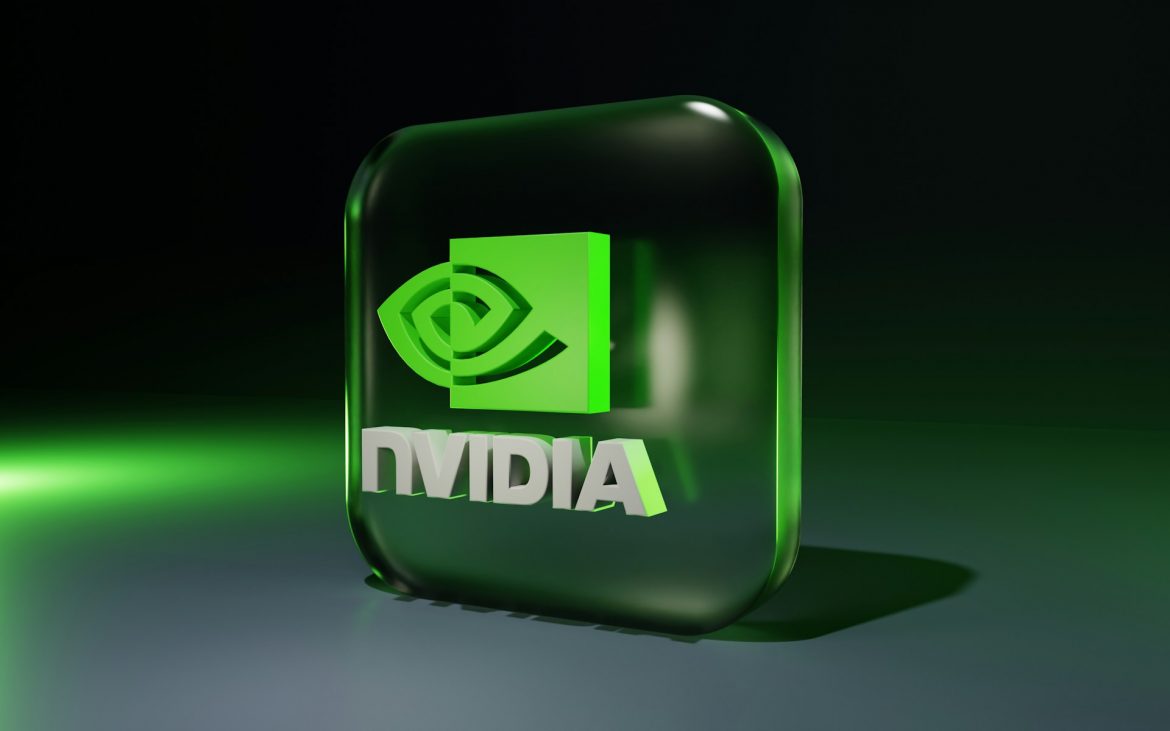Nvidia (NVDA) has experienced a rollercoaster week, gaining 16% after suffering a significant 14% drop the previous week. The question on many investors’ minds is: Should you consider buying Nvidia stock now?
Timing is everything when it comes to investing, and even with a tech giant like Nvidia, determining the right moment to buy or sell isn’t always easy. By analyzing chart trends and technical indicators, investors can make more informed decisions. Last week, Nvidia’s stock dropped below its 50-day moving average but has since recovered and crossed back above this key level, according to IBD MarketSurge’s analysis.
On Wednesday, Nvidia’s CEO, Jensen Huang, expressed optimism about the continued strong return on investment in AI infrastructure. He emphasized that companies like Nvidia, alongside cloud service providers, are building critical infrastructure that developers use for training, fine-tuning, and controlling AI models.
Earlier in the week, Oracle (ORCL) released strong earnings results, signaling increased demand for AI chips. Oracle’s Chairman and CTO, Larry Ellison, revealed that the company is constructing data centers with vast Nvidia GPU clusters to support AI model training. Furthermore, analysts at Morgan Stanley reiterated their confidence in Nvidia, maintaining an “overweight” rating and a price target of 150, dismissing concerns over declining gross margins as “overblown.”
However, Nvidia faced some challenges on Friday due to Broadcom’s (AVGO) earnings report. While Broadcom surpassed sales and earnings expectations, its future sales forecast fell short, affecting Nvidia’s outlook as Broadcom plays a key role in the AI chip market.
Nvidia’s stock also took a hit last week when news surfaced that the Department of Justice (DOJ) had launched an antitrust investigation into the company. Originally, the DOJ had issued questionnaires, but it has now escalated its inquiry by sending subpoenas. As a result, Nvidia’s stock dropped sharply, marking the largest one-day market capitalization loss for any U.S. company. Nvidia’s market cap currently stands below $3 trillion.
Despite these challenges, Nvidia’s stock made a slight recovery. Following its quarterly earnings report on August 28, the stock initially fell by 6.4%, even though the company surpassed analyst expectations.
Nvidia’s Impressive Second-Quarter Performance
In the second quarter, Nvidia posted earnings that exceeded Wall Street expectations. The company reported sales of $30.04 billion, well above the forecasted $28.7 billion, representing a 122% increase compared to the same period last year. Earnings per share came in at 68 cents, surpassing estimates of 65 cents, marking a 152% year-over-year increase. Nvidia also raised its sales guidance for the next quarter, projecting $32.5 billion in revenue, higher than the expected $31.7 billion.
Although Nvidia stock briefly rose above its 50-day moving average after the earnings report, it closed the trading day below that level. Given the market’s ongoing volatility, risk management remains a crucial consideration for investors looking to time their stock purchases effectively.
Nvidia’s next potential buy point could be its all-time high of 140.76, adjusted for stock splits. Before its earnings announcement, Nvidia briefly surpassed a trendline entry around 130.75. While trendline entries can offer investors an earlier entry point, they are often riskier, especially before an earnings report. Nvidia remains below this level, keeping investors cautious.
Nvidia’s Earnings Surge in 2023 and 2024
Nvidia’s earnings growth has been a key driver of its stock performance in 2023 and 2024, demonstrating the importance of strong fundamentals, which are a cornerstone of Investor’s Business Daily’s investment strategy. In 2023 alone, Nvidia’s stock surged by a massive 239%.
In recent months, Nvidia’s stock performance has been mixed. After a 5.3% loss in July, the stock gained 2% in August, and while it’s been relatively flat this month, it’s still up 140% year-to-date.
Earnings and revenue performance are just one piece of the puzzle when it comes to investing in Nvidia. Technical analysis is another vital factor, which involves evaluating a stock’s performance relative to the broader market. Nvidia has struggled recently, especially after reports that it would delay its next-generation AI chip by three months due to a design flaw. During this time, the stock underperformed compared to the S&P 500.
According to a report by Reuters, Bernstein analyst Stacy Rasgon noted that the delay in AI chip production would likely not hurt Nvidia’s market share in the long term. Demand for Nvidia’s chips remains robust, with many major tech companies increasing their capital expenditures to expand their cloud computing capabilities and enhance data processing power.
Nevertheless, Nvidia is facing additional scrutiny. The company’s acquisition of Run.ai, a startup specializing in artificial intelligence, has attracted the attention of the Department of Justice. There are also concerns about Nvidia’s sales practices involving multiple AI chips sold to cloud service providers.
Is Nvidia a Buy Now?
With its stock still below the 50-day moving average and ongoing volatility in the market, investors must carefully weigh their decisions. Nvidia’s strong fundamentals and continued leadership in AI infrastructure remain promising, but the external pressures, including regulatory investigations and market dynamics, add uncertainty.
Ultimately, investors should continue to monitor technical indicators and market trends to determine if Nvidia is a buy in the near term. For those willing to navigate the risks, Nvidia’s growth in AI and its solid financial performance make it a stock to watch closely.







